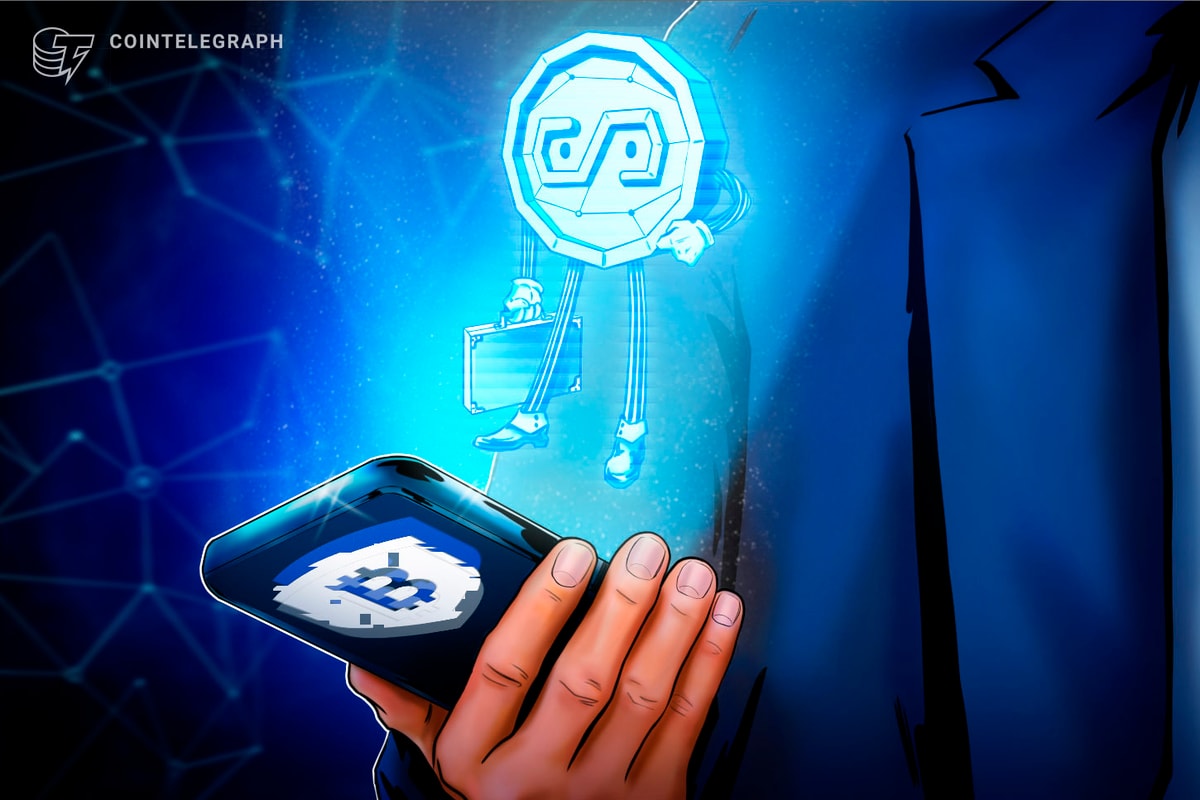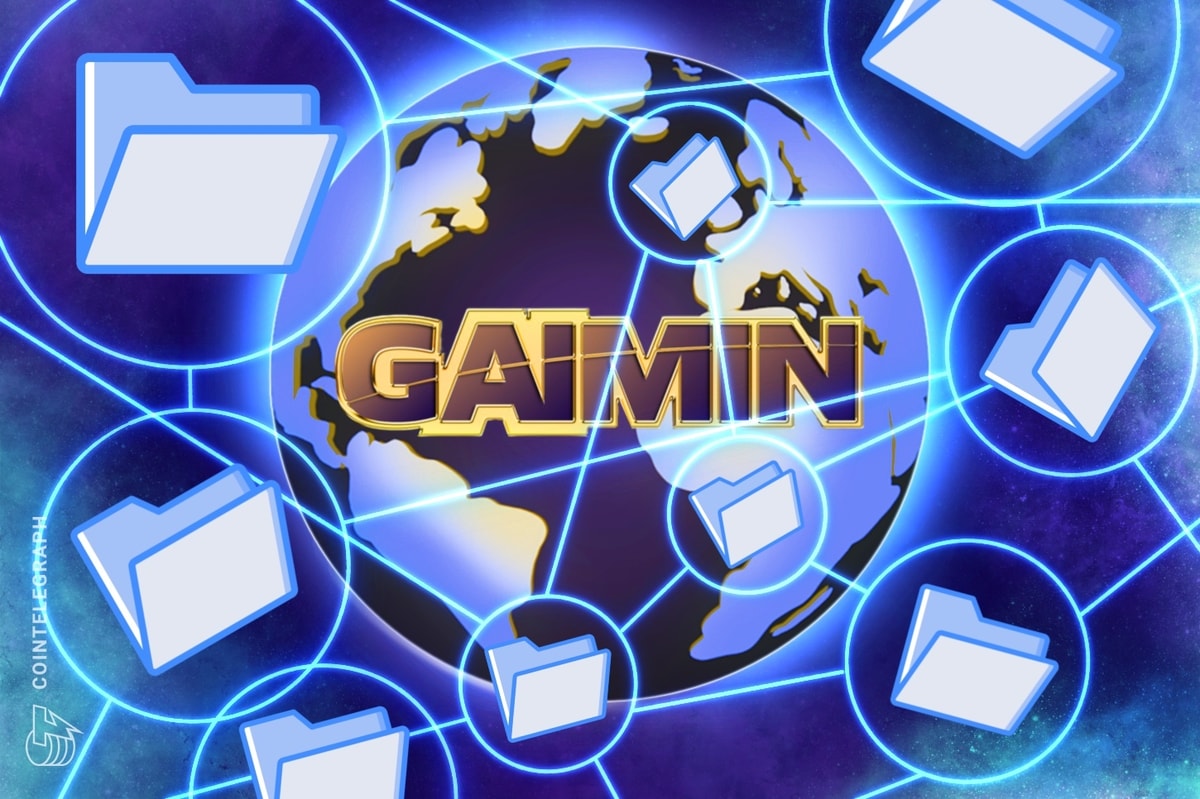BitGo, a cryptocurrency custodian backed by the banking giant Goldman Sachs, is entering the stablecoin industry by launching a new stablecoin pegged to the US dollar.
On Sept. 18, BitGo officially introduced USDS, a new stablecoin that aims to reward network participants for engaging with the ecosystem by providing liquidity.
Scheduled for launch in January 2025, USDS is backed by a combination of short-duration Treasury Bills, overnight repos and cash. It is designed to challenge major stablecoins like Tether (USDT) and Circle’s USDC (USDC).
The stablecoin is issued by the BitGo New York Trust Company, a regulated trust company formed in 2021 under the laws of the State of New York.
Unlike USDT and USDC, BitGo’s stablecoin gives 98% of earnings to network supporters
BitGo’s upcoming stablecoin builds on the idea of distributing earnings to network participants instead of funneling rewards back to issuers.
“Traditional stablecoins earn interest on their reserves, and 100% of that interest income is retained by the issuer or funneled to exchanges, leaving you with nothing,” BitGo argued on its USDS website.
With the USDS stablecoin, BitGo plans to deploy a novel reward system that would give up to 98% of earnings to participants who support the ecosystem.
BitGo’s USDS earnings model. Source: Usdstandard.com
“This approach ensures that all eligible institutions, exchanges, liquidity providers and users are incentivized to support and grow the USDS network, fostering a more inclusive and balanced ecosystem,” BitGo noted.
Who will be eligible for rewards from USDS?
According to the official USDS website, BitGo plans to distribute rewards to any entity that manages to generate “sufficient liquidity” and registers with BitGo.
Once reward participants register with BitGo and are approved, they should prove ownership of the addresses where they store USDS via the USDS portal.
“These addresses are used to compute daily balances and ensure fair calculation of rewards to participants,” BitGo noted.
USDS comparison with UDSC and USDT. Source: Usdstandard.com
To calculate the USDS rewards, BitGo will provide differing compensation tiers to participants based on the USDS under custody with each participant. Total compensation for each eligible participant will be paid monthly and will be based on the distribution revenue share (DRS) earned by the participant, the firm noted, adding:
“The DRS will be calculated based on total revenue generated by USDS, minus BitGo’s monthly administration fee. Each participant will earn DRS based on the amount of their USDS holdings.”
Users will be able to mint USDS with USD, USDT and USDC
A key difference between USDS and major stablecoins like Tether or USDC is that BitGo aims to make the minting and burning of tokens accessible to a broader range of qualified users.
Related: USDT on TON chain surpasses $1 billion: Token Terminal
“Once approved to join the network, users can mint USDS with USD, USDC, or USDT. Similarly, users can burn USDS and receive USD, USDC, or USDT. There is no cost associated with minting or burning, as BitGo will cover any fees,” BitGo stated.
While admitting its willingness to challenge existing stablecoins like Tether and USDT, BitGo emphasized that it is striving for market neutrality, stating:
“BitGo doesn’t compete with other market participants as an exchange. Instead, we plan to further incentivize growth and adoption of the entire ecosystem.”
Magazine: Pixels hosts ‘first-ever’ Web3 wedding and Immortal Rising 2 gets 400K registrations: Web3 Gamer










